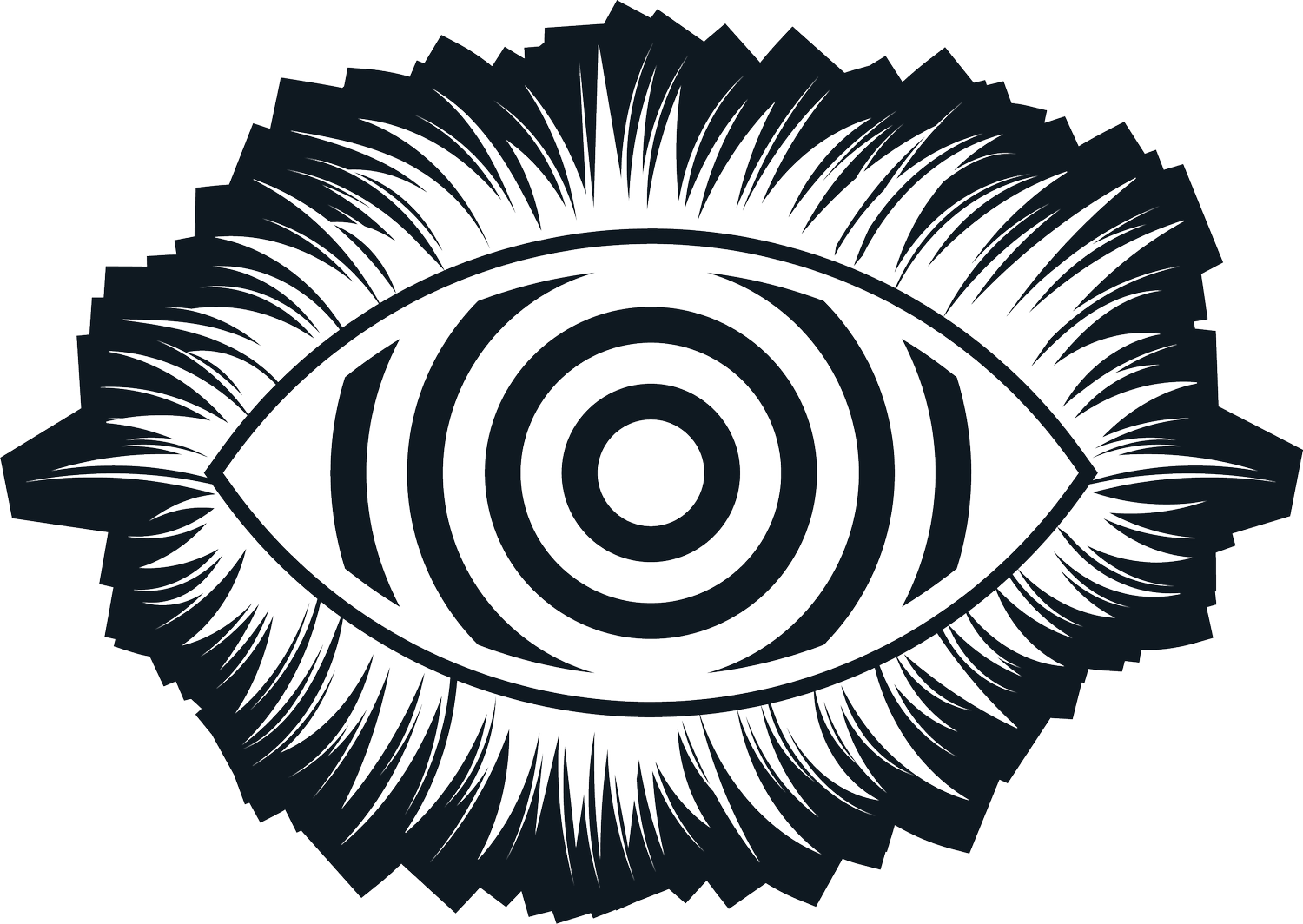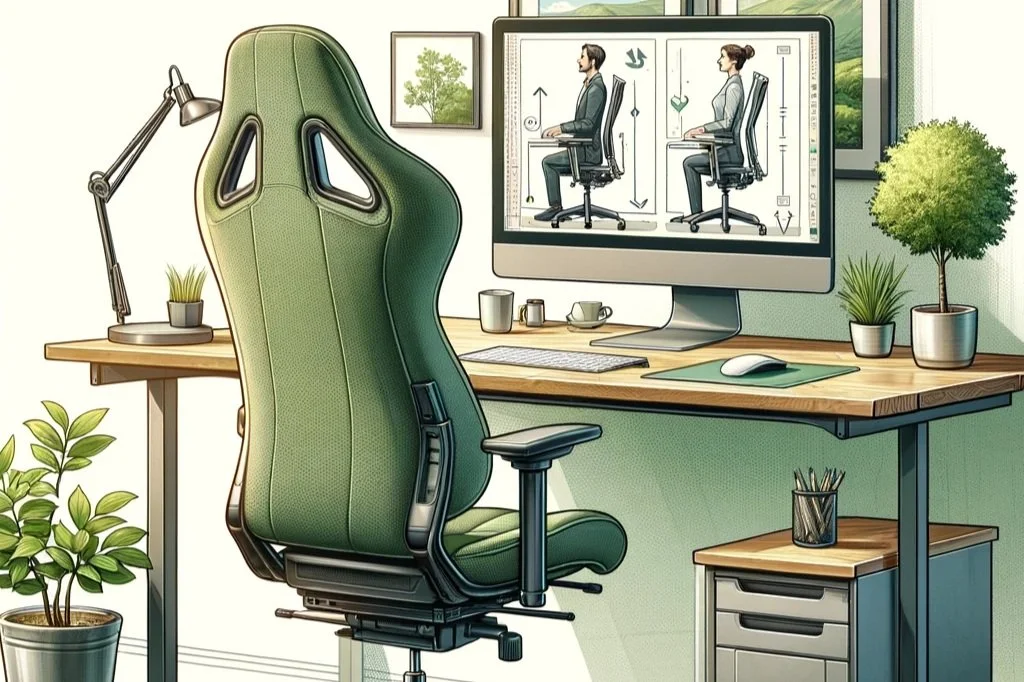Desk Job Woes: Combatting the Office Chair's Curse
Hey Friend,
In today's fast-paced world, the landscape of our work environment has dramatically shifted. The rise of desk jobs has become a defining feature of modern professional life. While these jobs offer numerous advantages, they also bring with them a less talked about, yet significant challenge - the health implications of prolonged sitting.
Sitting for extended periods, often in front of a computer, has become an unavoidable part of many people's daily routines. This sedentary lifestyle can lead to a host of physical discomforts and ailments. From the nagging ache in the lower back to the stiff neck that just won't ease, the effects of what we affectionately term the 'Office Chair's Curse' are felt by millions.
In this edition of the Alynoma Newsletter, we delve deep into understanding these challenges. More importantly, we're here to offer you practical and effective solutions. Our focus isn't just on quick fixes but on sustainable practices that can integrate seamlessly into your daily life, transforming your work experience and overall well-being.
The Problem: Pains and Aches from Desk Jobs
As we settle into our office chairs, diving into emails and tasks, it's easy to overlook the gradual onset of discomfort that comes with prolonged sitting. Many of us experience a familiar set of symptoms: lower back pain that seems to linger, neck stiffness that resists easing, and shoulder tension that builds up, almost unnoticed. These are not just minor annoyances; they are signals from our bodies, indicating the strain of our daily routines.
These aches and pains are more than mere discomforts; they can significantly impact our overall well-being and productivity. The constant strain on our muscles and spine from sitting in the same position can lead to chronic pain, reduced mobility, and even long-term health issues. It's a silent epidemic that's affecting a vast majority of the desk-bound workforce.
However, it's not all doom and gloom. The good news is, with the right knowledge and tools, these issues can be mitigated, if not entirely avoided. It starts with understanding and implementing ergonomics in our workspaces.
Ergonomics: Your First Line of Defense
Ergonomics isn't just a buzzword; it's a crucial element in maintaining our health and productivity at work. An ergonomic workstation is designed to support your body correctly, minimizing strain and promoting better posture. Here are a few tips to optimize your workspace:
Chair Adjustments: Ensure your chair supports your lower back. Your feet should rest flat on the floor, with your knees at a 90-degree angle.
Monitor Placement: Position your monitor at an arm's length away, with the top of the screen at or slightly below eye level, to avoid neck strain.
Keyboard and Mouse Setup: Keep them within easy reach and on the same surface. Your wrists should be straight and your arms close to your body.
Regular Stretching: Incorporate short stretching sessions throughout your day to alleviate muscle tightness. Simple neck rolls, shoulder shrugs, and wrist stretches can work wonders.
Implementing these ergonomic practices can significantly reduce the physical toll of desk work. But ergonomics is just one part of the equation. Movement and proactive physical care play an equally important role, as we will explore in the next section.
While ergonomic setups play a pivotal role in mitigating the effects of prolonged sitting, the power of movement is an equally vital component in your daily office routine. Incorporating regular movement breaks throughout the day is not just about stretching your legs; it's about boosting circulation, refreshing your mind, and providing much-needed relief to your muscles.
The Power of Movement
Our bodies are designed for movement, yet the nature of desk jobs often confines us to a static position for hours on end. This lack of movement can lead to decreased blood flow, muscle stiffness, and even reduced concentration. The solution is simple yet effective: regular movement breaks.
Here are some practical ways to integrate movement into your workday:
Stand and Stretch: Every hour, take a moment to stand up and engage in simple stretches. Reach for the sky, touch your toes, or do side stretches to release tension.
Walk the Talk: If possible, take walking meetings or walk while you talk on the phone. This not only breaks the monotony of sitting but also stimulates creative thinking.
Mini Exercise Breaks: Quick exercises like squats, leg raises, or even desk push-ups can be done in a small space and offer a quick boost to your energy levels.
Mindful Movement: Incorporate brief sessions of yoga or tai chi, which can be very effective in keeping your body supple and your mind focused.
Incorporating these simple yet effective strategies can make a significant difference in how you feel at the end of the workday. Regular movement not only helps in combating the physical downsides of a desk job but also contributes to mental well-being.
However, even with the best ergonomic practices and regular movement, the strain of sitting for prolonged periods can still accumulate in our bodies. This is where regular massage therapy can play a crucial role in not just alleviating existing discomfort but also in preventing future pain and strain.
As we embrace movement and ergonomic practices to combat the perils of prolonged sitting, another powerful ally emerges in our quest for physical wellness: regular massage therapy. While stretching and movement help alleviate immediate discomfort, massage therapy offers a deeper, more sustained relief and prevention strategy for the strains of desk work.
The Role of Regular Massage in Counteracting Sitting's Negative Effects
Massage therapy is much more than a luxury or a sporadic indulgence; it's a vital component of a holistic approach to managing the stress and strain our bodies endure in a desk-bound lifestyle. By addressing muscle tension, improving circulation, and promoting relaxation, regular massages can significantly diminish the chronic aches associated with desk jobs.
Here are some types of massages that are particularly beneficial for office workers:
Swedish Massage: Known for its gentle and soothing approach, Swedish massage is perfect for relieving muscle tension and improving blood flow. It's an excellent starting point for those new to massage therapy.
Deep Tissue Massage: This technique goes deeper into the muscle layers, targeting chronic muscle tension. It's ideal for addressing the knots and stiffness that accumulate from long hours of sitting.
Trigger Point Therapy: Focused on specific areas of muscle tension, trigger point therapy can be highly effective in relieving pain and discomfort caused by overuse of certain muscle groups in a seated posture.
Incorporating regular massage into your routine can transform your experience of office work. Not only does it offer immediate relief from pain and stiffness, but it also contributes to long-term health and well-being.
Embracing the profound benefits of massage therapy may sound like a commitment, but it can be seamlessly woven into the rhythm of your life. Regular massages not only offer a respite from the daily grind but also serve as an investment in your long-term health and productivity. The key is to find a balance that works for your schedule and lifestyle.
Integrating Massage into Your Wellness Routine
Making massage therapy a regular part of your wellness regimen is easier than you might think. Here are some tips to help you get started:
Prioritize Your Sessions: Treat your massage appointments as you would any important meeting. Schedule them in advance and make them a non-negotiable part of your calendar.
Combine with Other Activities: Consider booking a massage after a gym session or during a lunch break. It can be a great way to unwind after physical activity or to break up a busy day.
Evening Relaxation: Evening massages can help you relax and improve your sleep, enhancing your overall well-being.
Regular Intervals: Aim for regular intervals – whether it's weekly, bi-weekly, or monthly – to maintain the benefits and prevent the buildup of tension.
Understanding the constraints of a busy schedule, especially for those in the thick of their careers or studies, we've got a unique opportunity for our readers.
Special Offer: Experience a 'Model Client' Session at No Charge
As part of our commitment to your wellness journey, we're excited to offer you an exclusive chance to book a 'model client' session with Tae’Quan Matthews (an aspiring massage therapist currently enrolled at the Western North Carolina School Of Massage & Founder of this newsletter), at absolutely no charge. This session is part of my ongoing training to become a licensed massage therapist. It's a perfect opportunity for you to experience the benefits of massage therapy and for me to hone and practice my skills.
During these sessions, I'll apply various techniques and methods that I'm learning in my journey to become a professional massage therapist. Your feedback will be invaluable in shaping my approach and skills. It's a win-win situation: you get to enjoy a relaxing, therapeutic massage, and I get to refine my technique – all in a professional and comfortable setting.
To book your complimentary 'model client' session, or to learn more about it, simply click here. Spots are limited, so be sure to reserve yours quickly!
Real Stories: Testimonials from the Massage Table
Hearing from those who've experienced the transformation can be incredibly inspiring. Here are a few testimonials from individuals who have incorporated regular massage into their lives:
"Since starting monthly massage sessions, I've noticed a significant reduction in my neck and shoulder pain. It's like a reset button for my body after long hours at the desk." - Jordan, Graphic Designer
"I was skeptical about massage at first, but it's been a game-changer. The relaxation and relief I feel post-session is incredible. It's now a non-negotiable part of my self-care routine." - Mia, Software Developer
"As someone who's constantly juggling work and study, massage sessions have become my sanctuary. Not only do I feel physically better, but my stress levels have also decreased noticeably." - Alex, Graduate Student
These stories are just a glimpse of the potential benefits regular massage can offer, especially for those of us tethered to our office chairs.
So What About You?
Ready to experience these benefits for yourself? Don't miss out on this unique opportunity to book a complimentary 'model client' massage session. It's a step towards a healthier, more balanced lifestyle. Click [here] to reserve your spot and embark on your journey to better health and wellness.
Feedback and Interaction
We value your thoughts and experiences. Have you tried massage therapy before? What was your experience? Do you have any tips or insights to share with our community? Hit reply and let us know – your input helps us tailor our content to better suit your needs.
Thanks For Reading
We hope this edition of the Alynoma Newsletter has shed light on the importance of addressing the physical strains of desk work and offered practical solutions to enhance your well-being. Remember, taking care of your body is crucial for both your personal and professional life.
Thank you for reading, and we look forward to bringing you more insights and tips in our next newsletter.
Warm regards, The Alynoma Team







